
The faded grittiness of Toronto streets in the 1970s
Ever noticed that photographs of Toronto from the 1970s tend to have a brown hue? Part of this has to do with faded film negatives, but it's more than that.
Thanks to the greater supply of old warehouse buildings and years upon years of burning coal as fuel, the city really was more brown back then. Throw in the curious preponderance of beige cars, and you have a distinct aesthetic that seems as distant as it is captivating.
Back in the 1950s, Toronto looked more orderly and less vibrant. The rise of neon signage took care of that with the cluttered beauty of the 1960s, which continued through the start of the 1970s with the addition of a bit of sleaze.
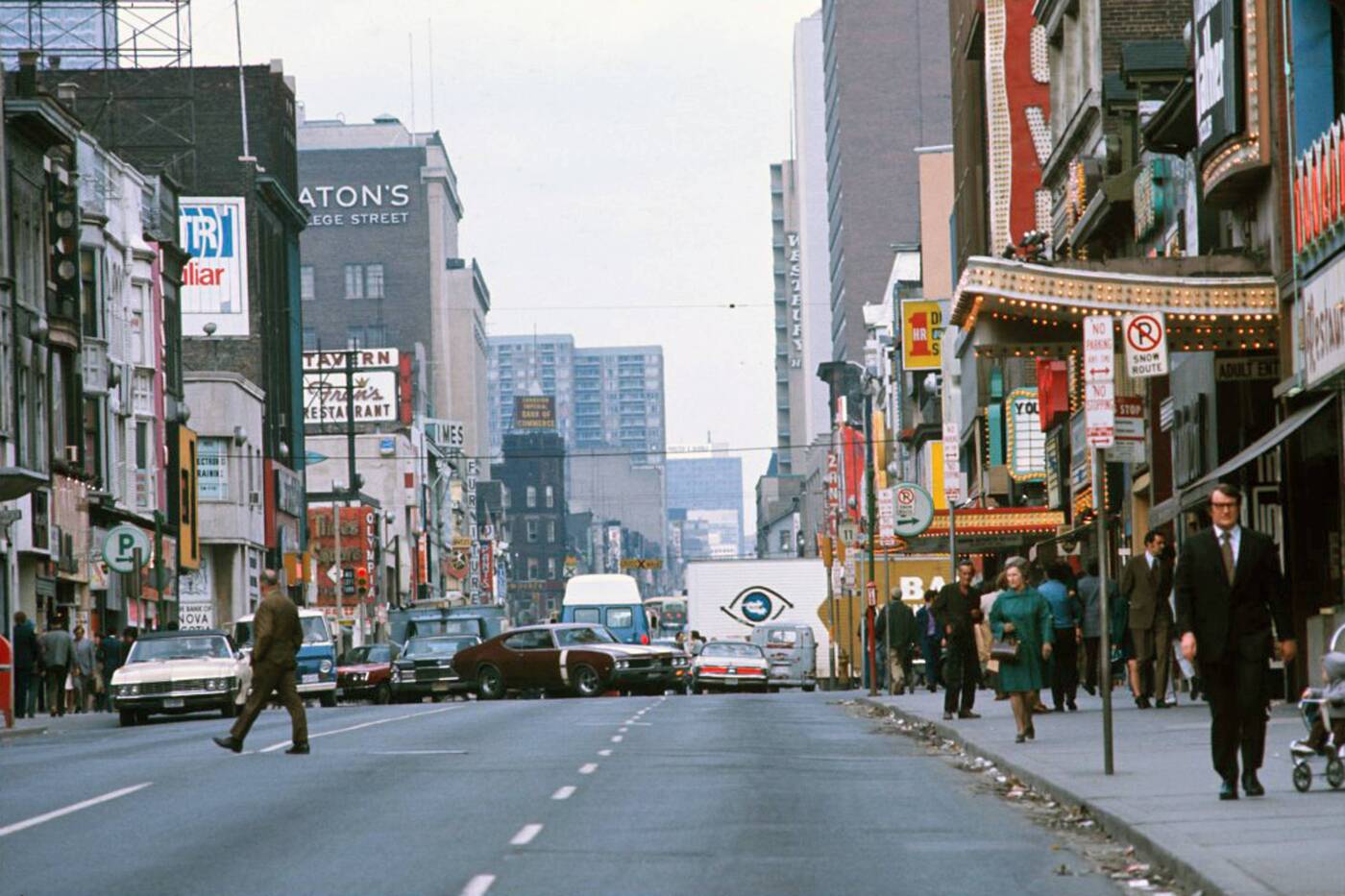
Looking north up the Yonge St. corridor in 1972. Photo via the Toronto Archives.
The cars were big, the signs were big, and Toronto's appetite for growth was big. Many of the stained brick warehouses of the previous era started to come down to make way for the modern city that was about to come.
By the time the 90s rolled around, the city was transforming rapidly, and brown was mercifully a less popular colour for cars. Toronto's post-industrial period was already on the wane. Glass and steel buildings began to tower over the old brick and stone.
I don't think you'd call the Toronto of the 1970s a particularly beautiful place. Our historic buildings really do look much nicer now that they've been cleaned up.
Nevertheless, there is something almost painterly about these photos, a quality that captures a city on the brink of massive change but still tethered to its weathered past. The effect is fascinating.
Behold, the brown-tinged grittiness of Toronto streets in the 1970s.
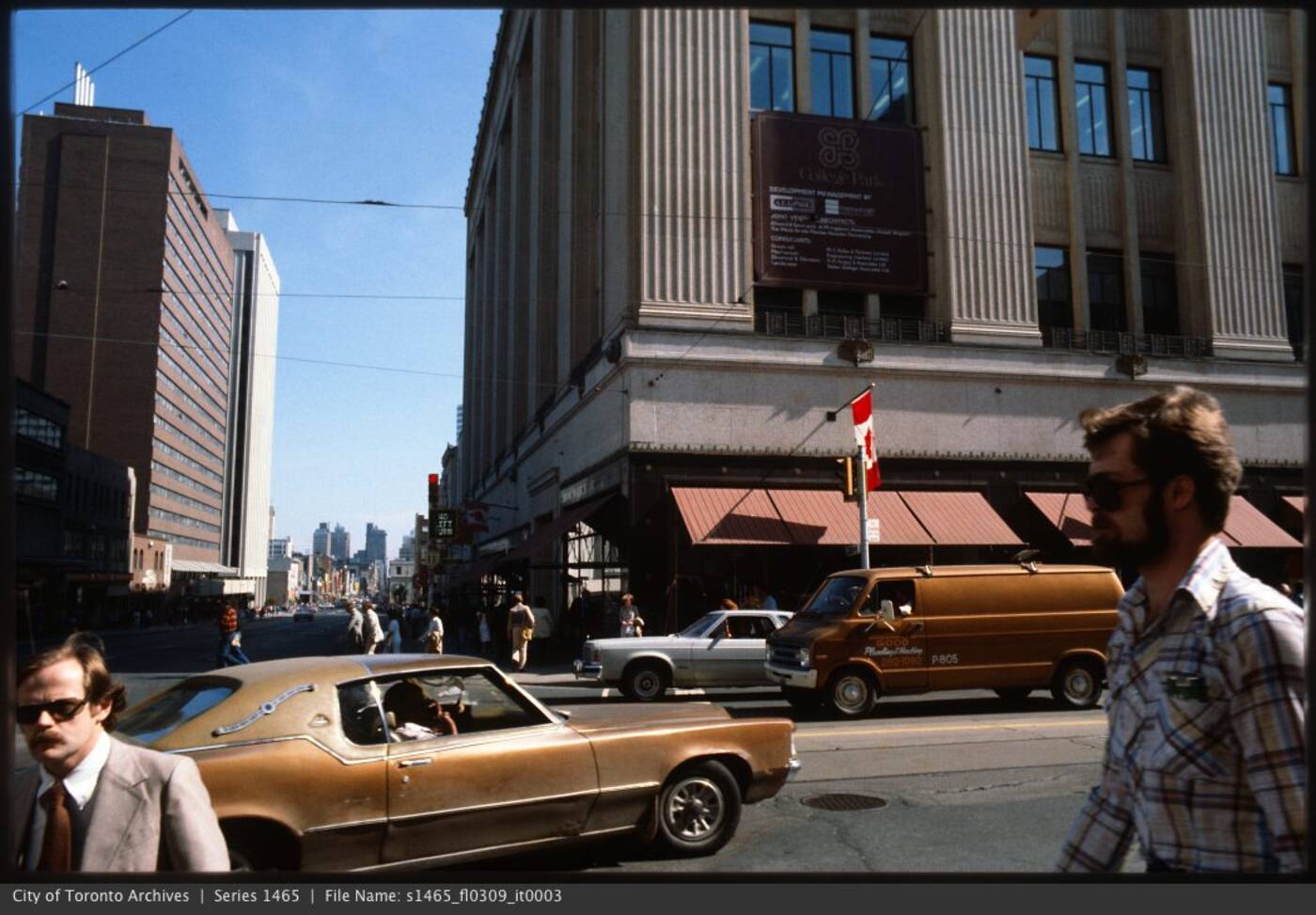
Looking south at Yonge and College. Photo via the Toronto Archives.
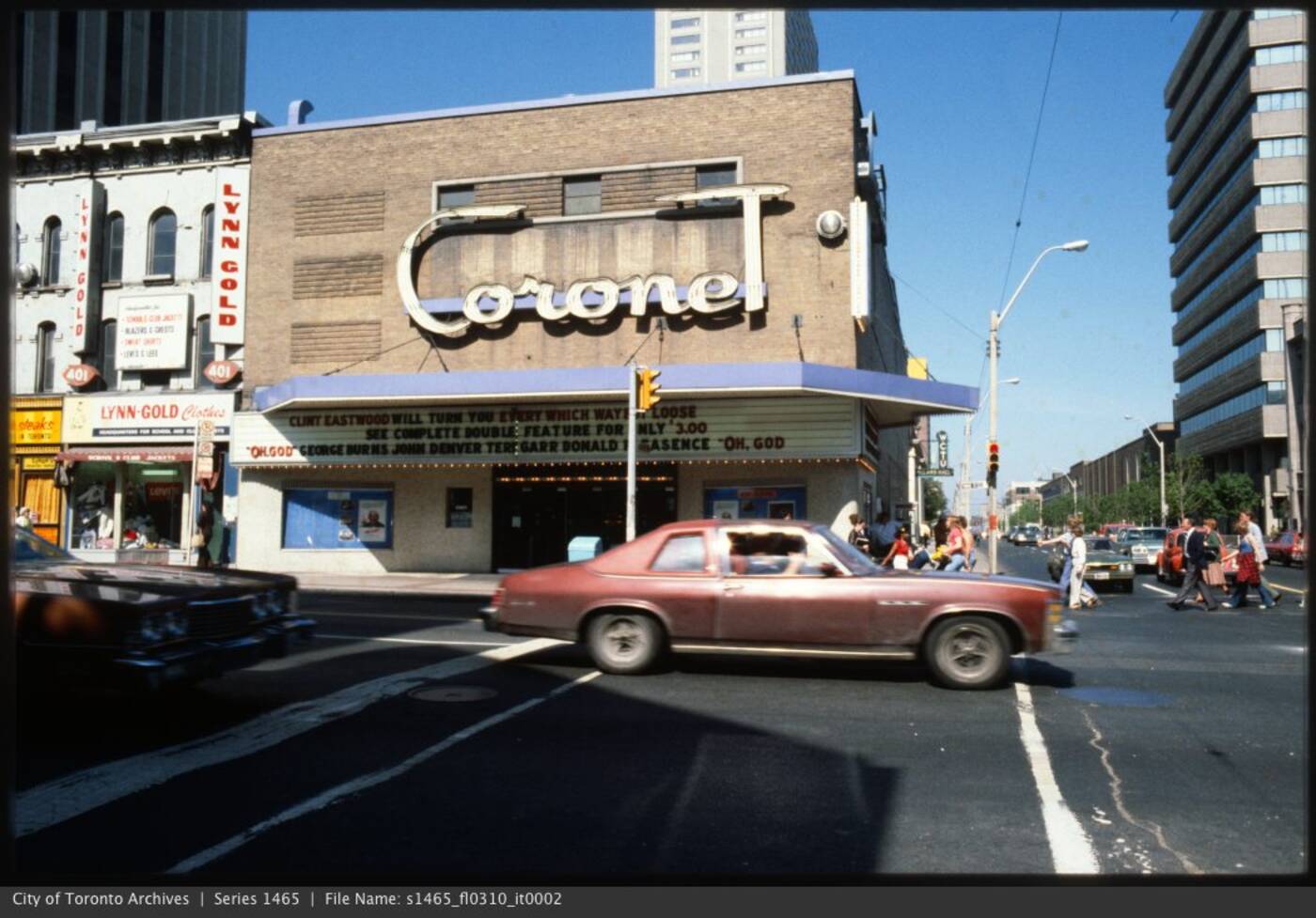
Looking east at Yonge and Gerrard. Photo via the Toronto Archives.
 Looking east towards Beverley on Queen Street West. Photo via the Toronto Archives.
Looking east towards Beverley on Queen Street West. Photo via the Toronto Archives.
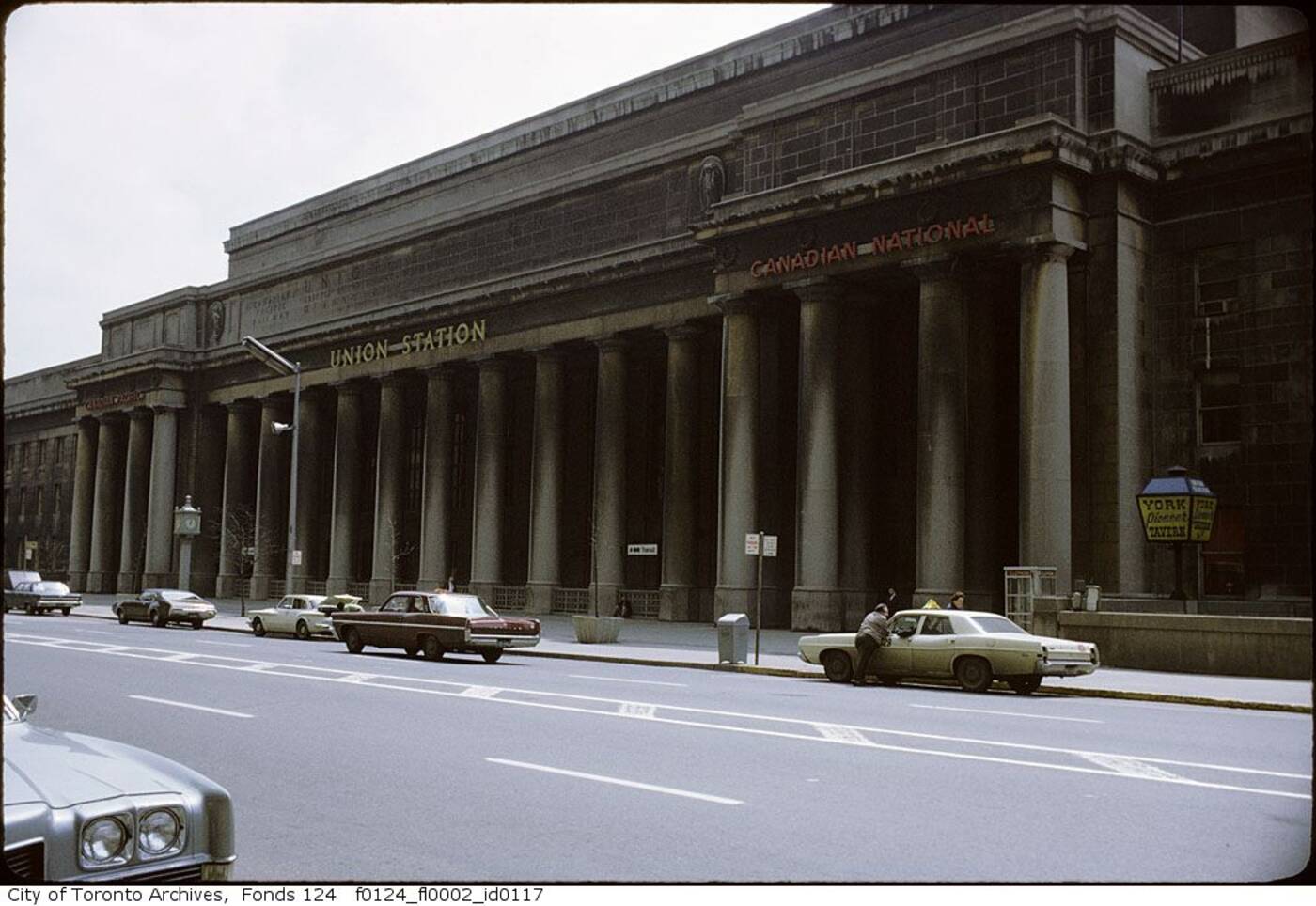 A rather filthy Union Station. Photo via the Toronto Archives.
A rather filthy Union Station. Photo via the Toronto Archives.
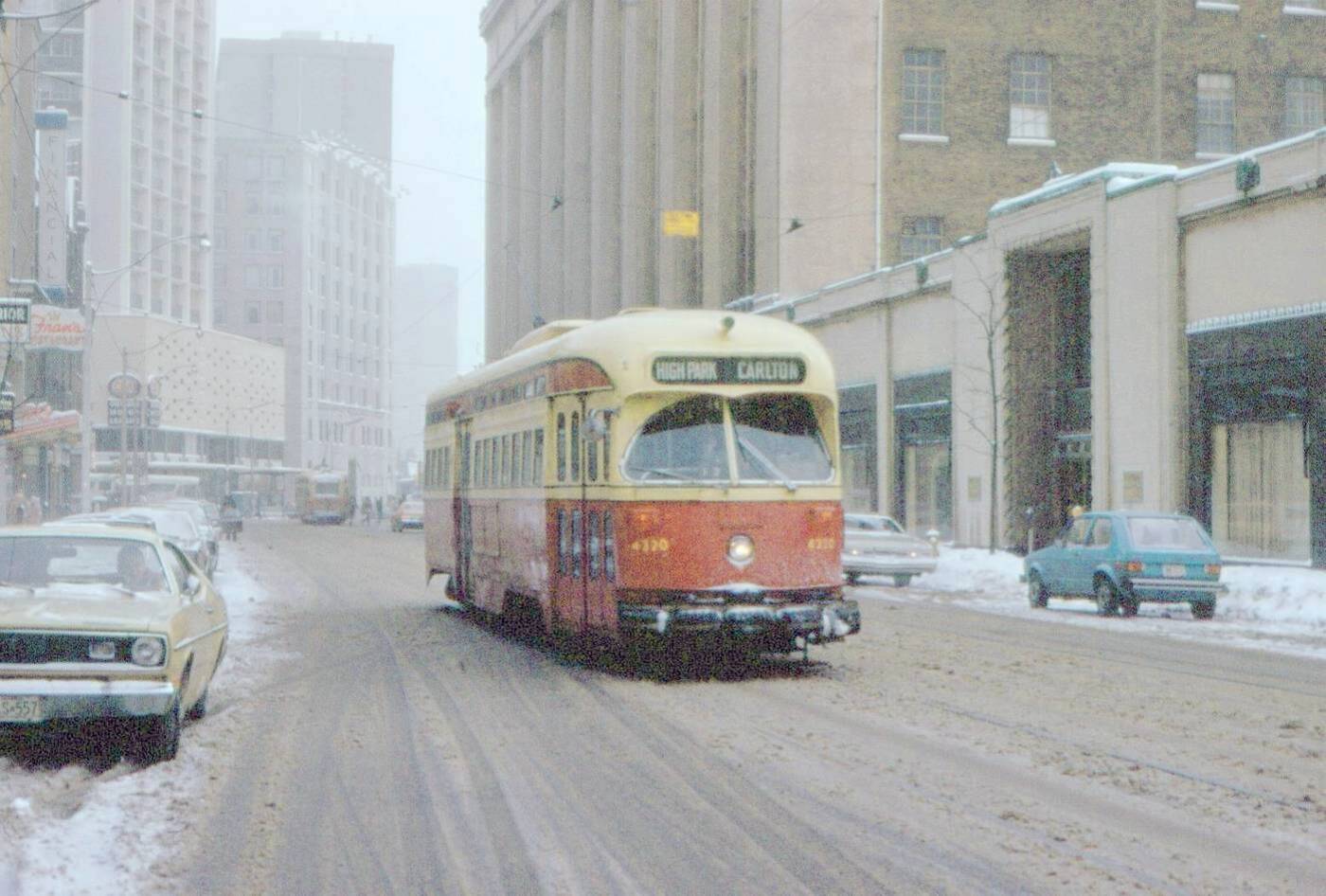
College looking towards Yonge. Photo via Chuckman's Nostalgia.
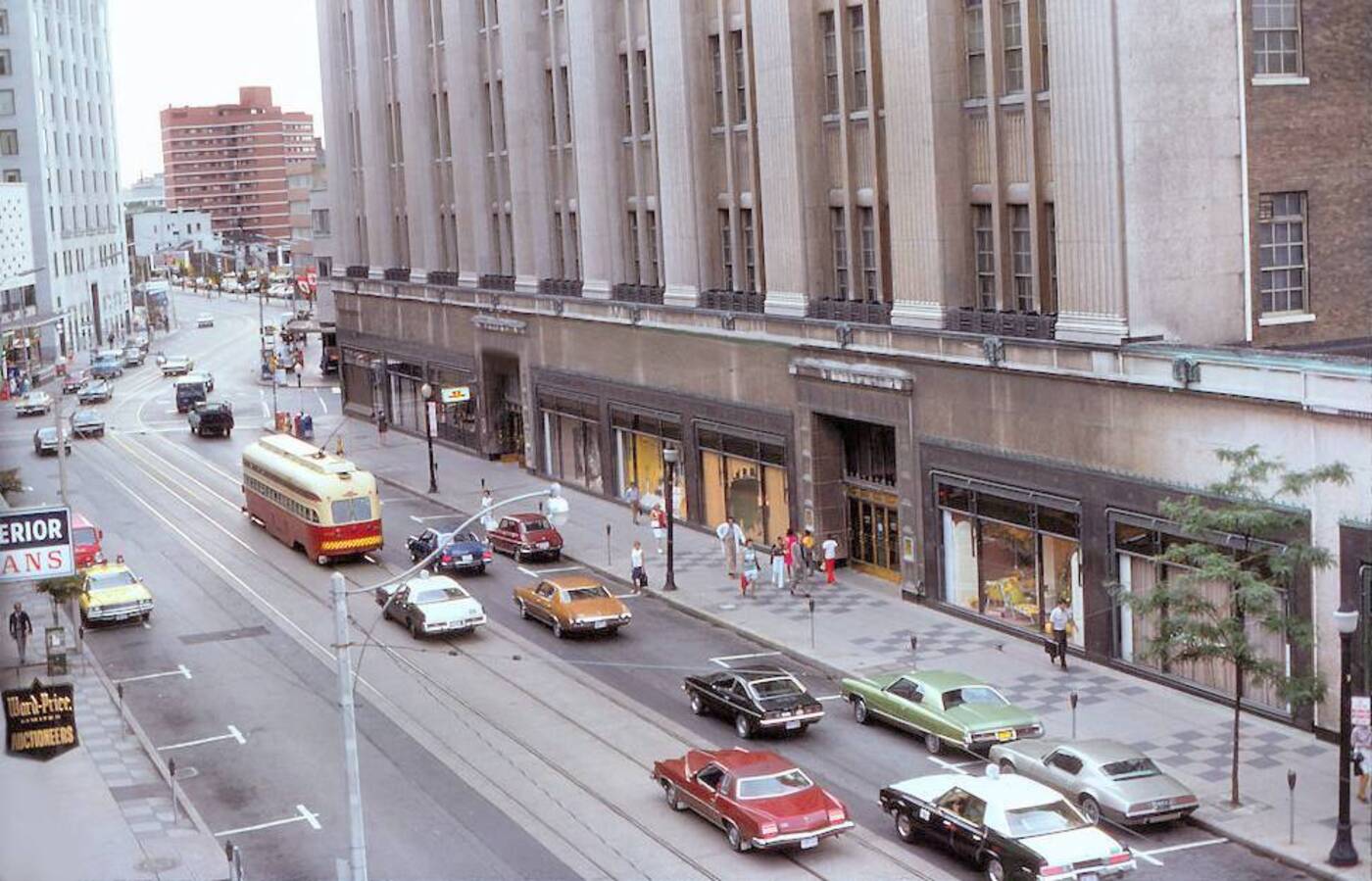 Aerial view of same area via Chuckman's Nostalgia.
Aerial view of same area via Chuckman's Nostalgia.
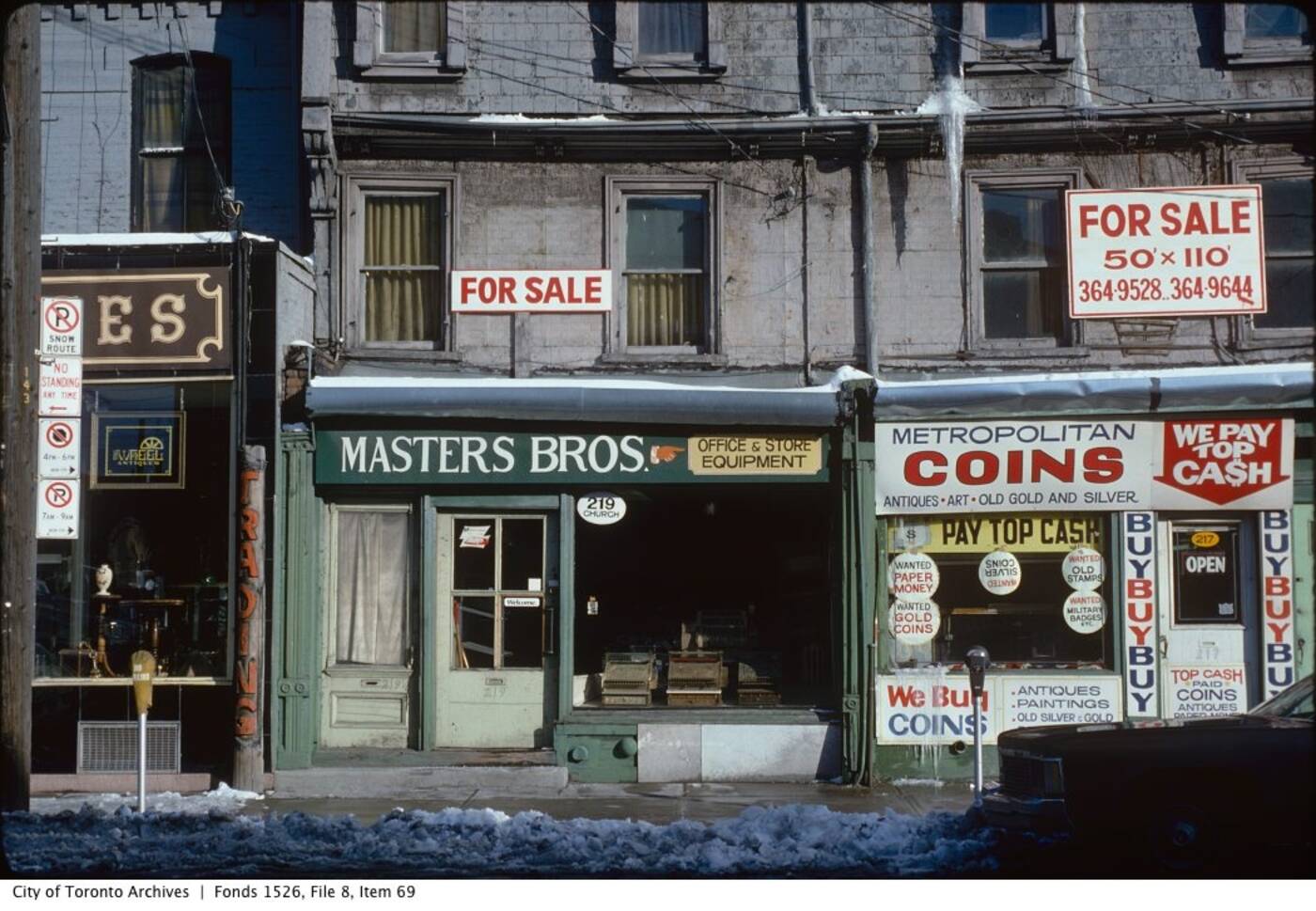
219 Church Street when the mom and pop shop still reigned. Photo via the Toronto Archives.
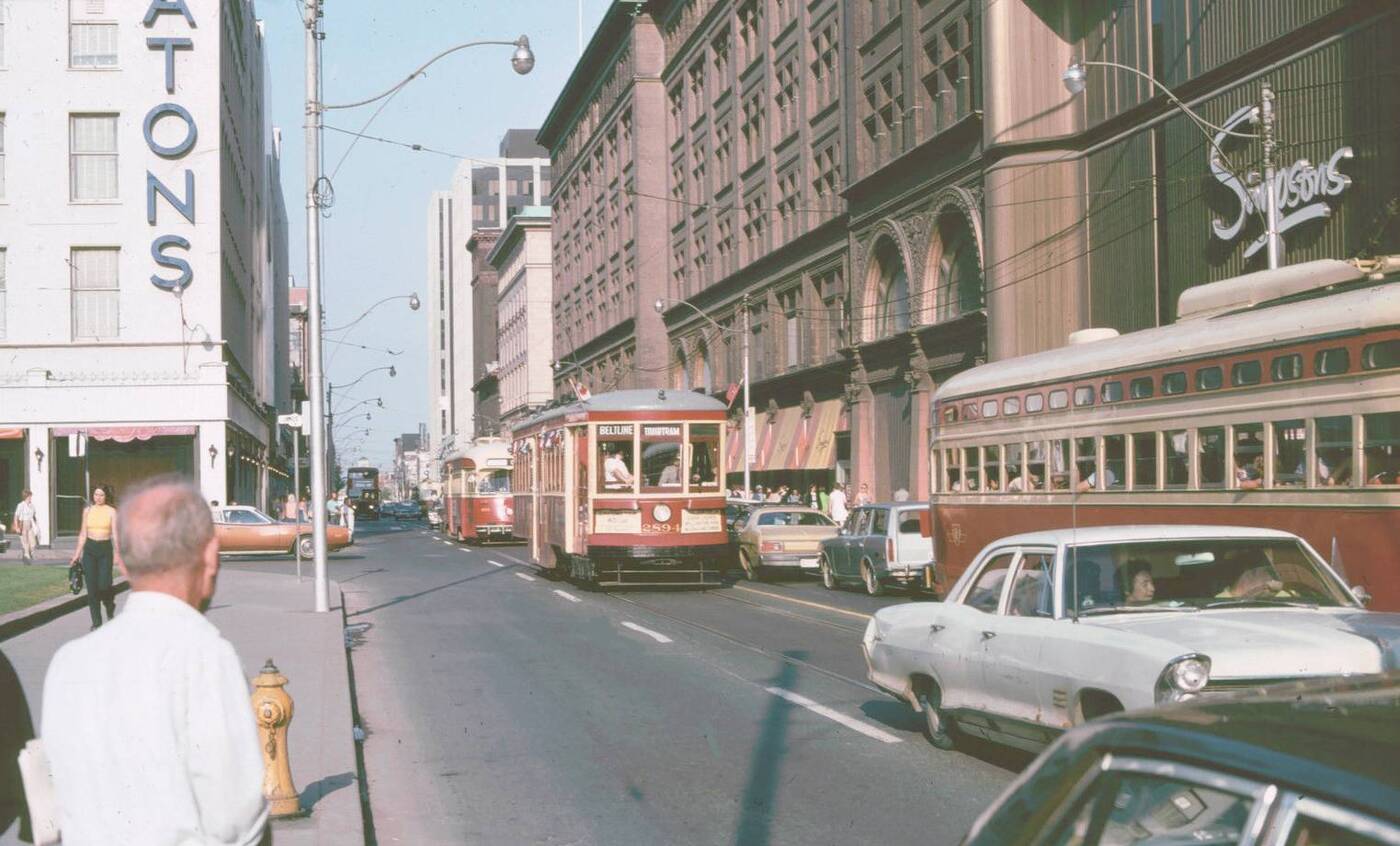
Queen Street West and old Eaton's Complex. Photo via Chuckman's Nostalgia.
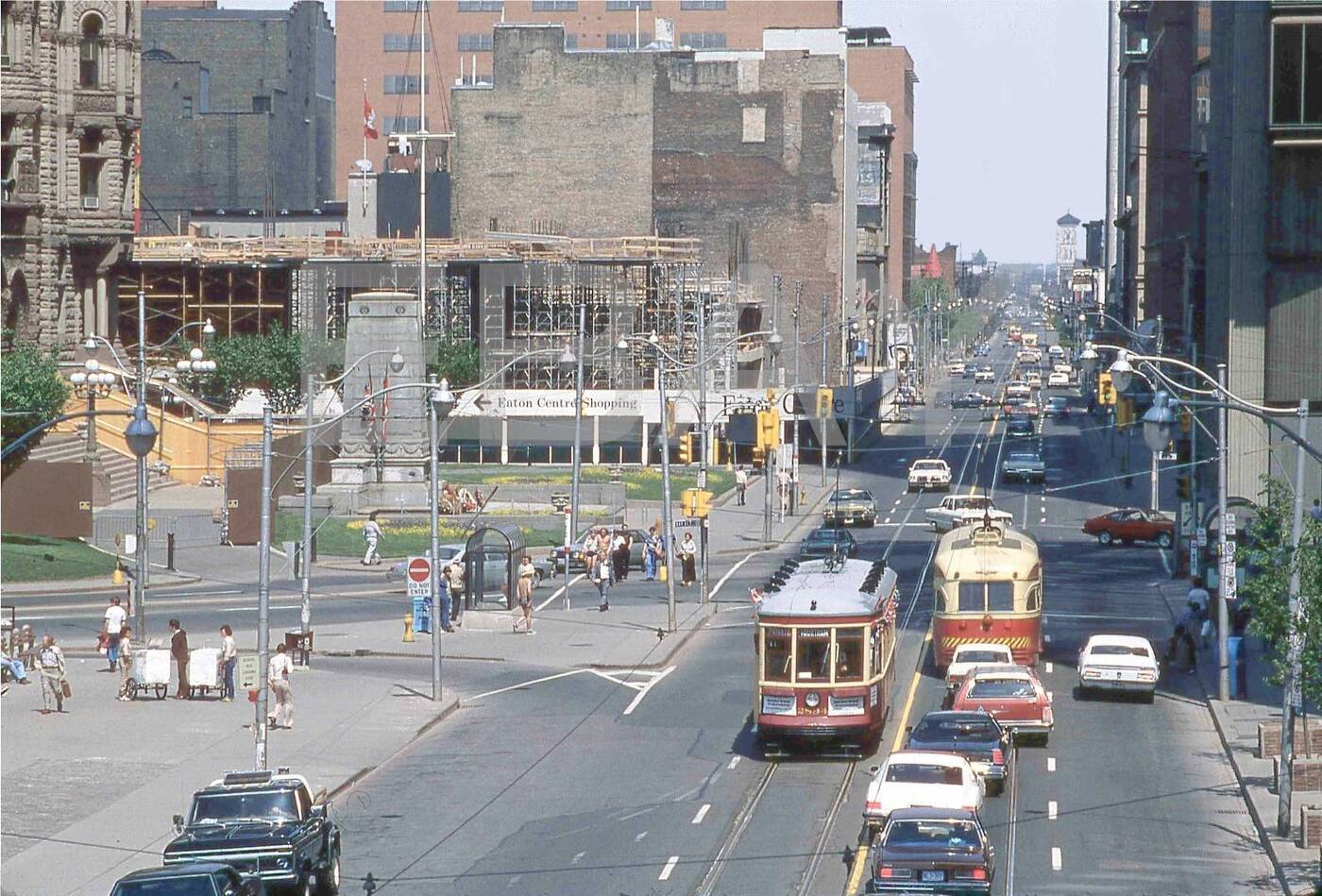 Same area post-demolition. Photo via the Toronto Archives.
Same area post-demolition. Photo via the Toronto Archives.
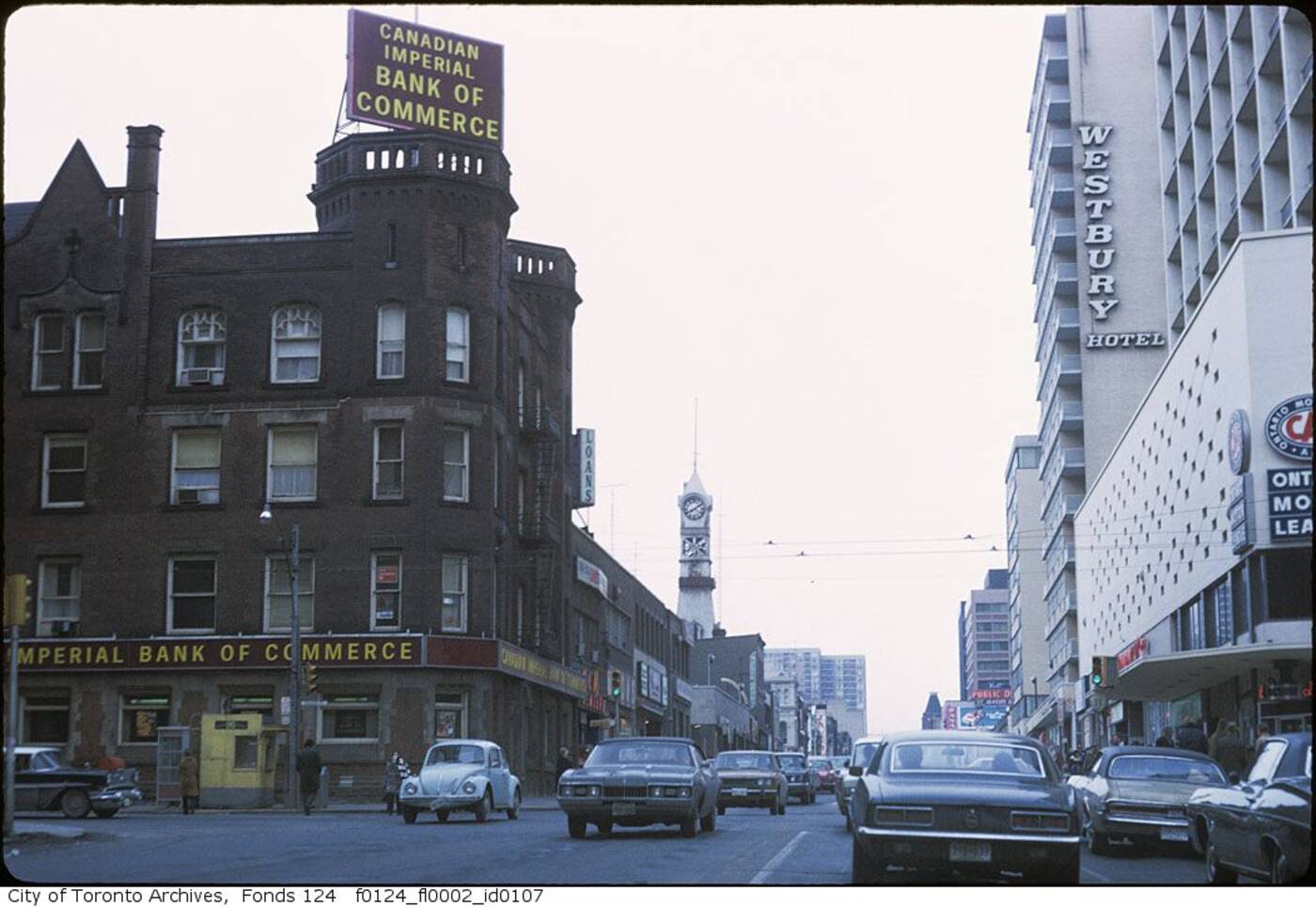
Looking north on Yonge from College. Photo via the Toronto Archives.
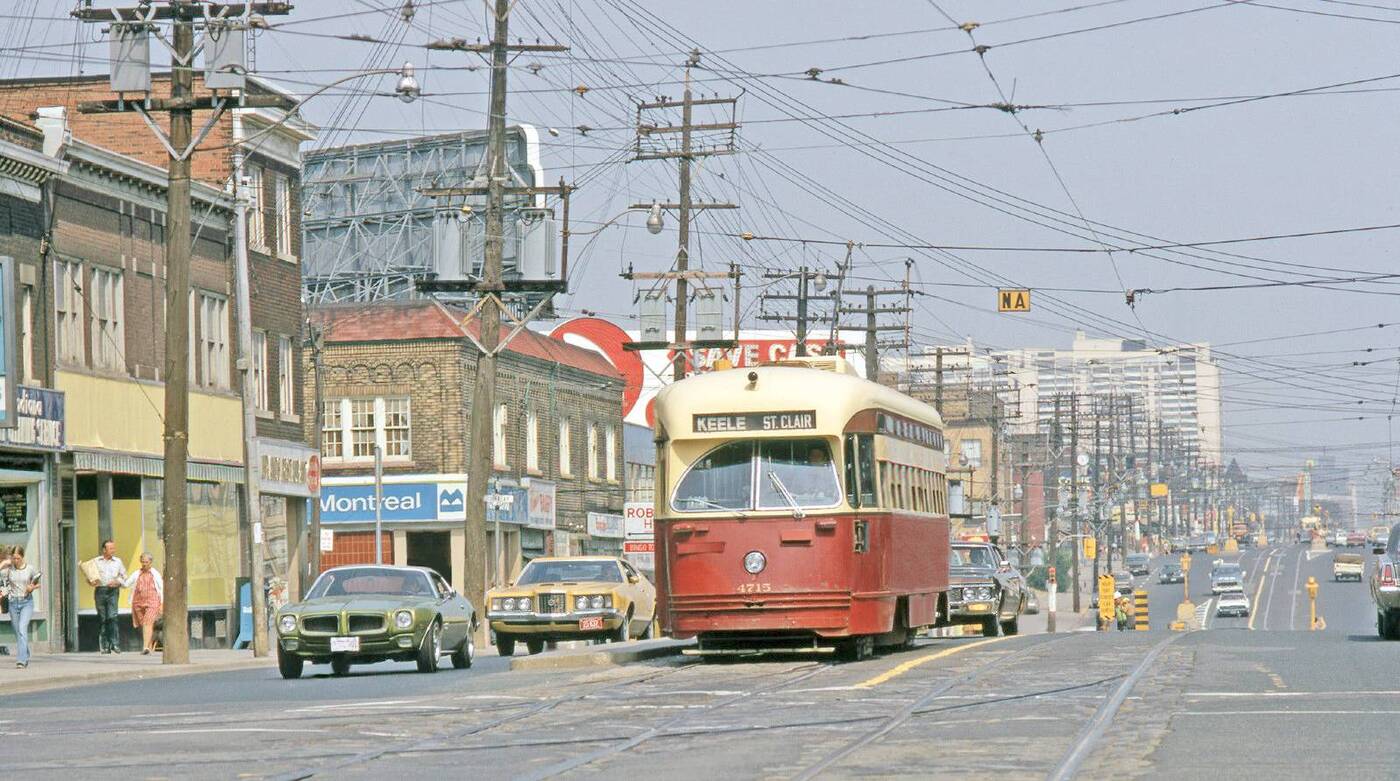
Looking east along St. Clair West at Oakwood. Photo via Chuckman's Nostalgia.
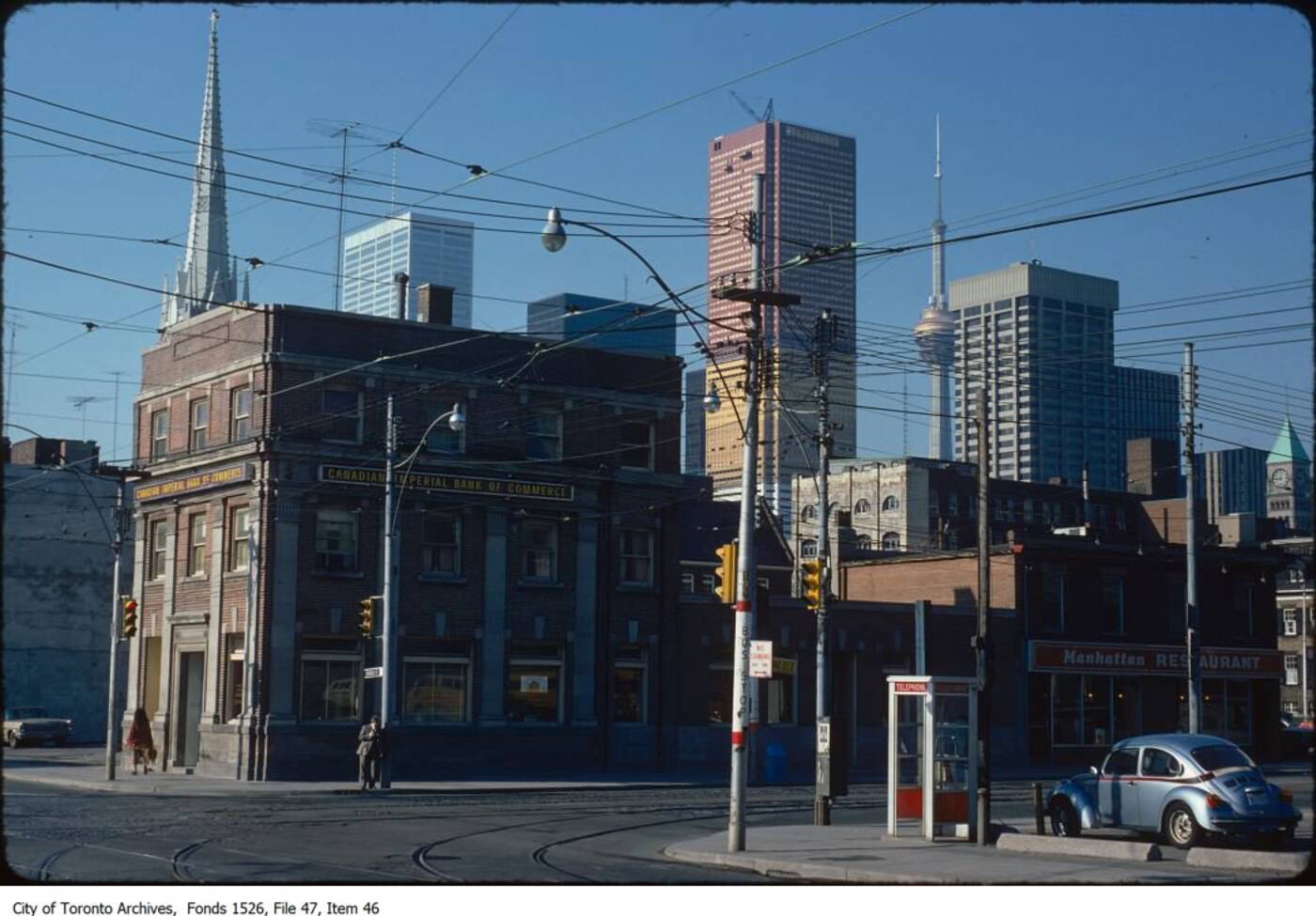
Church and Dundas streets as First Canadian Place and the CN Tower rise in the background. Photo via the Toronto Archives.
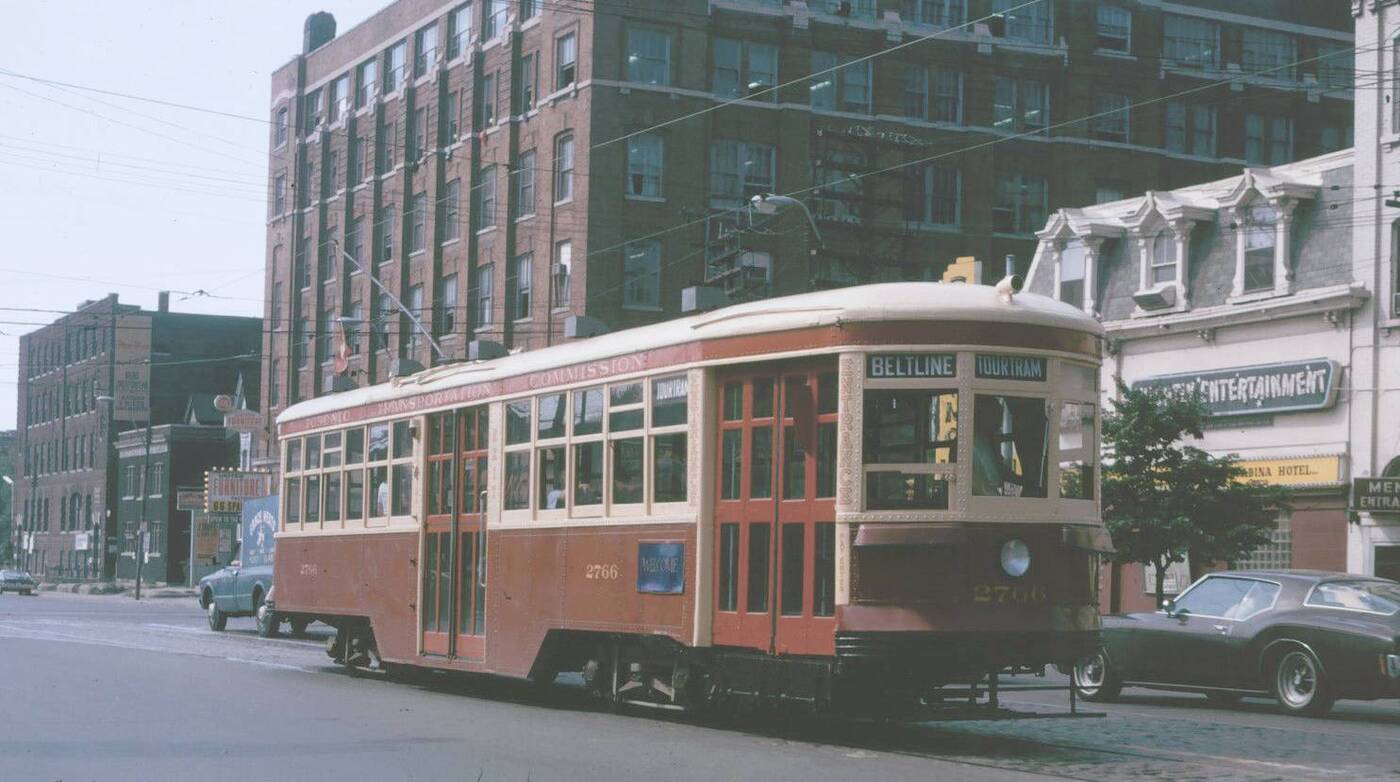
King Street just west of Spadina. Photo via Chuckman's Nostalgia.
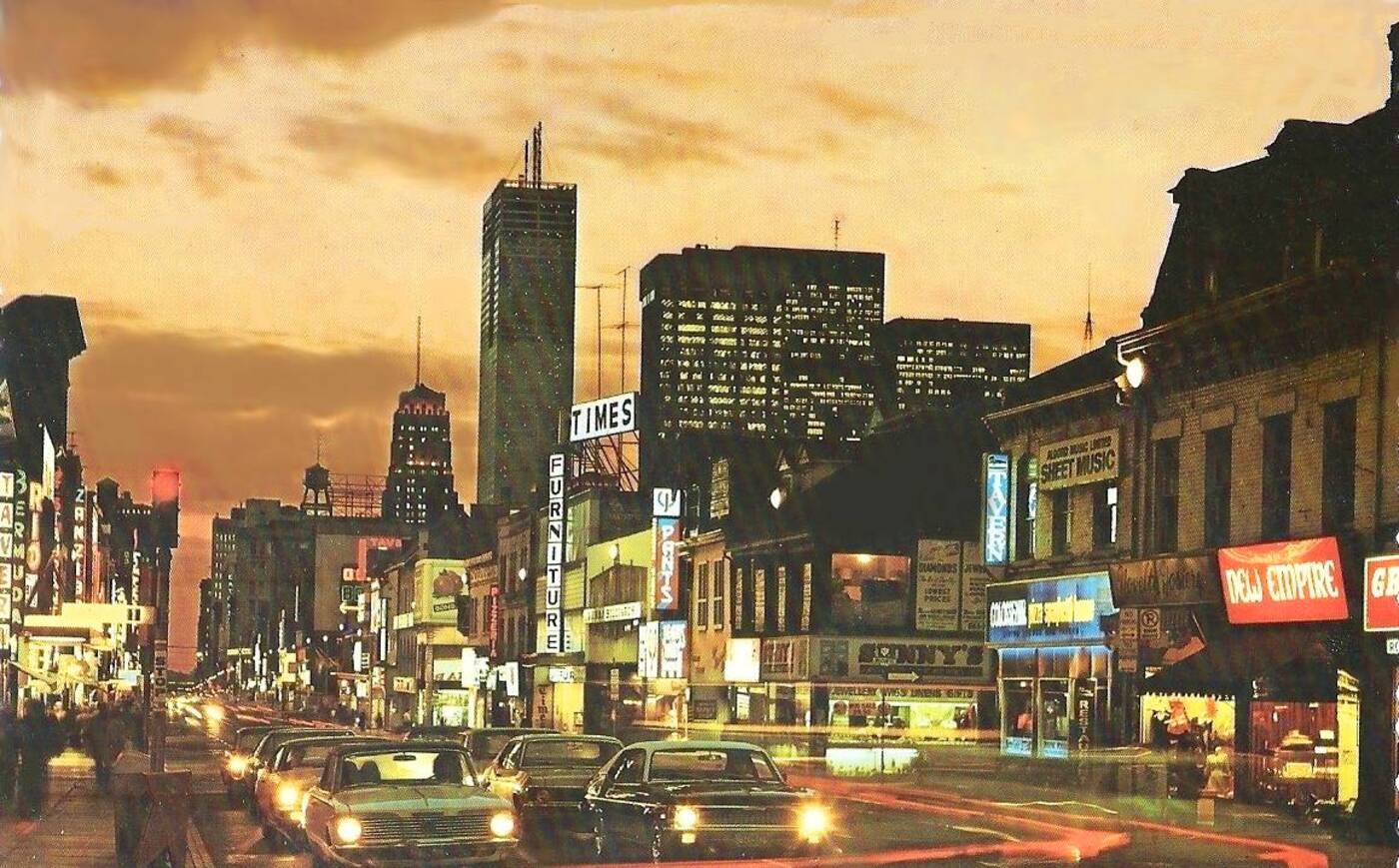
Postcard view of the Yonge Street Strip at dusk.

Yonge St. south of Dundas. The buildings on the right were raised for the Eaton Centre. Photo via the Toronto Archives.
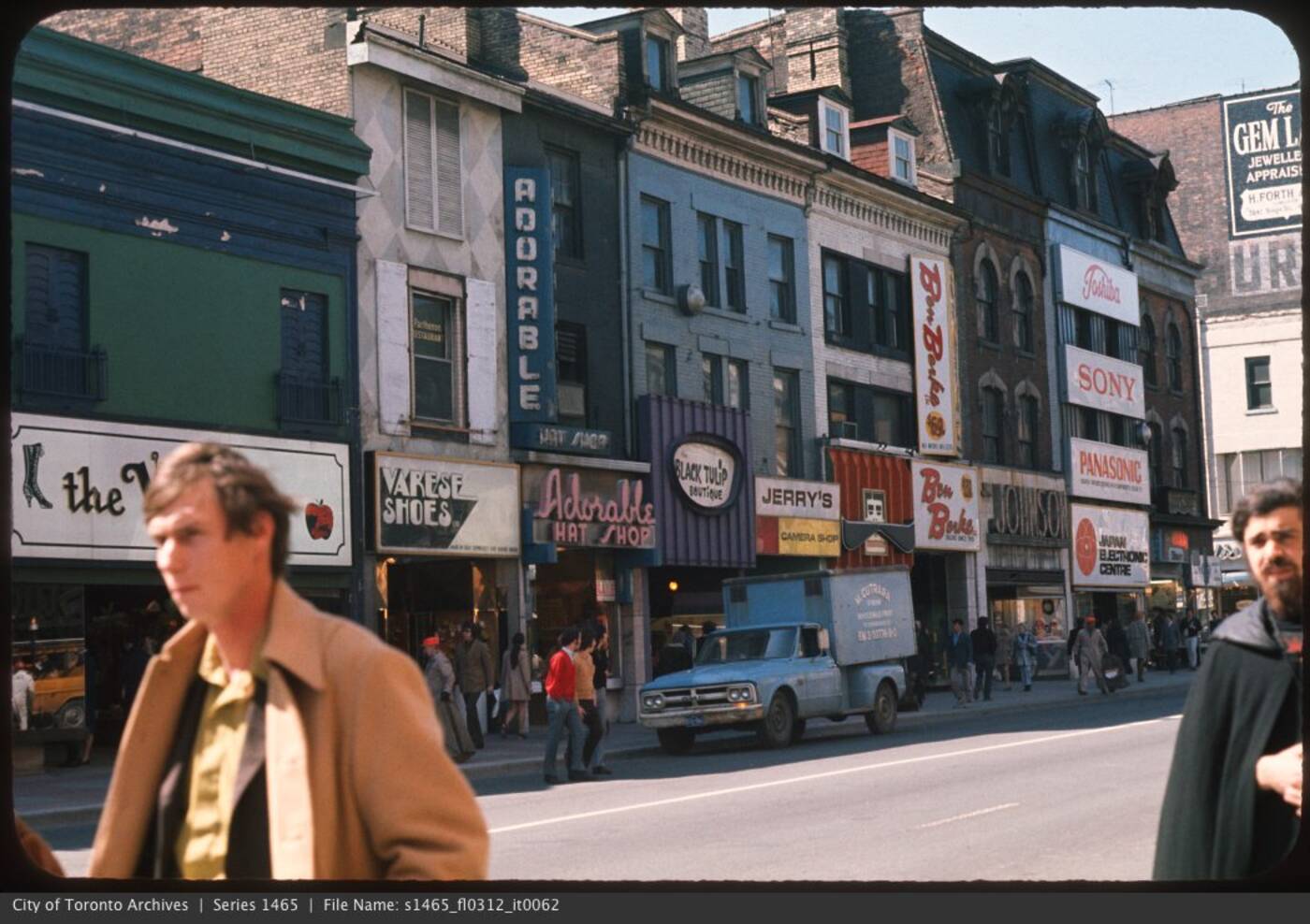
More of Yonge Street's eclectic hodgepodge. Photo via the Toronto Archives.
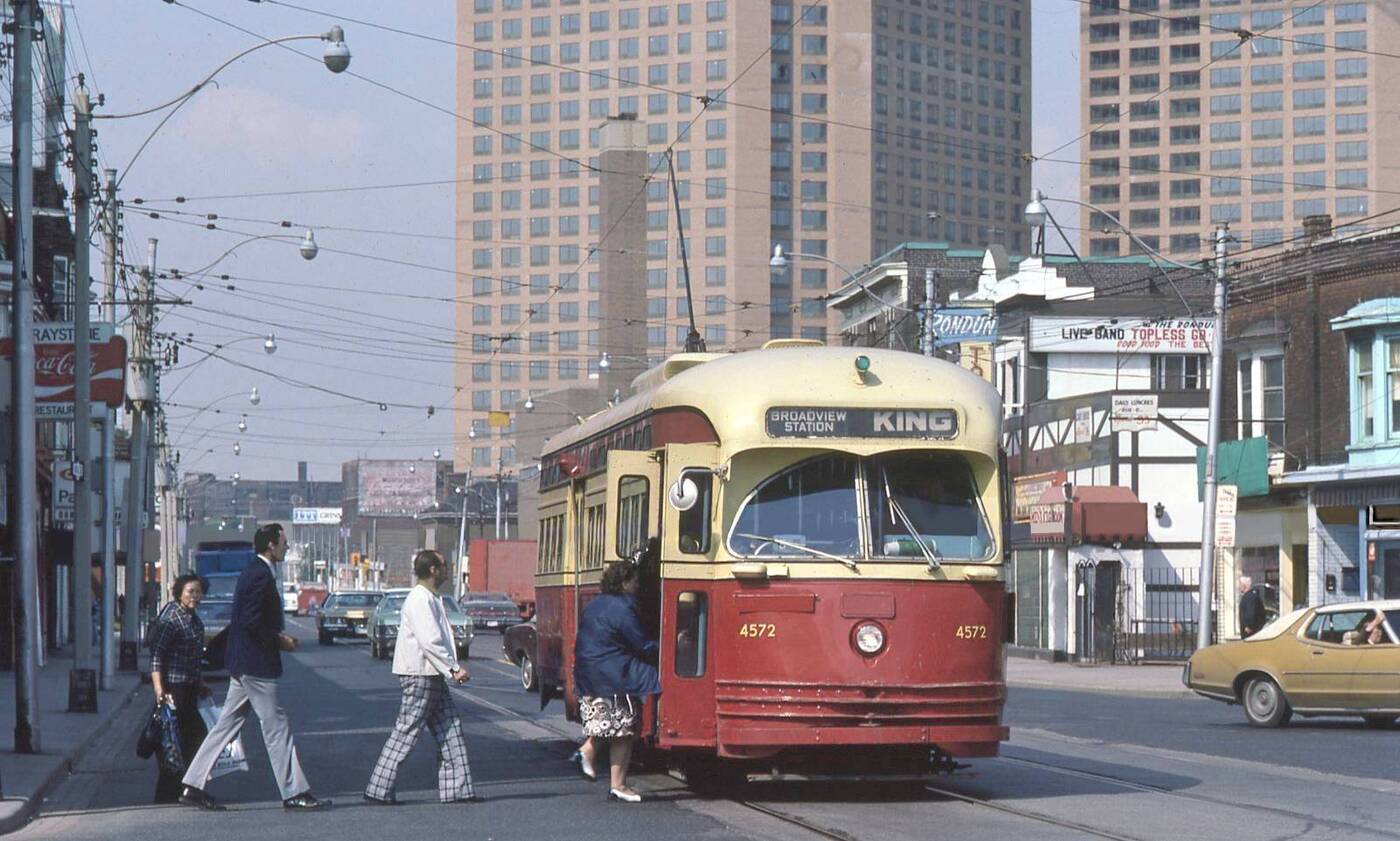
Dundas West and Roncesvalles. Photo via Chuckman's Nostalgia.

Getting the brown on at St. Clair West nearing Yonge Street. Photo via Chuckman's Nostalgia.
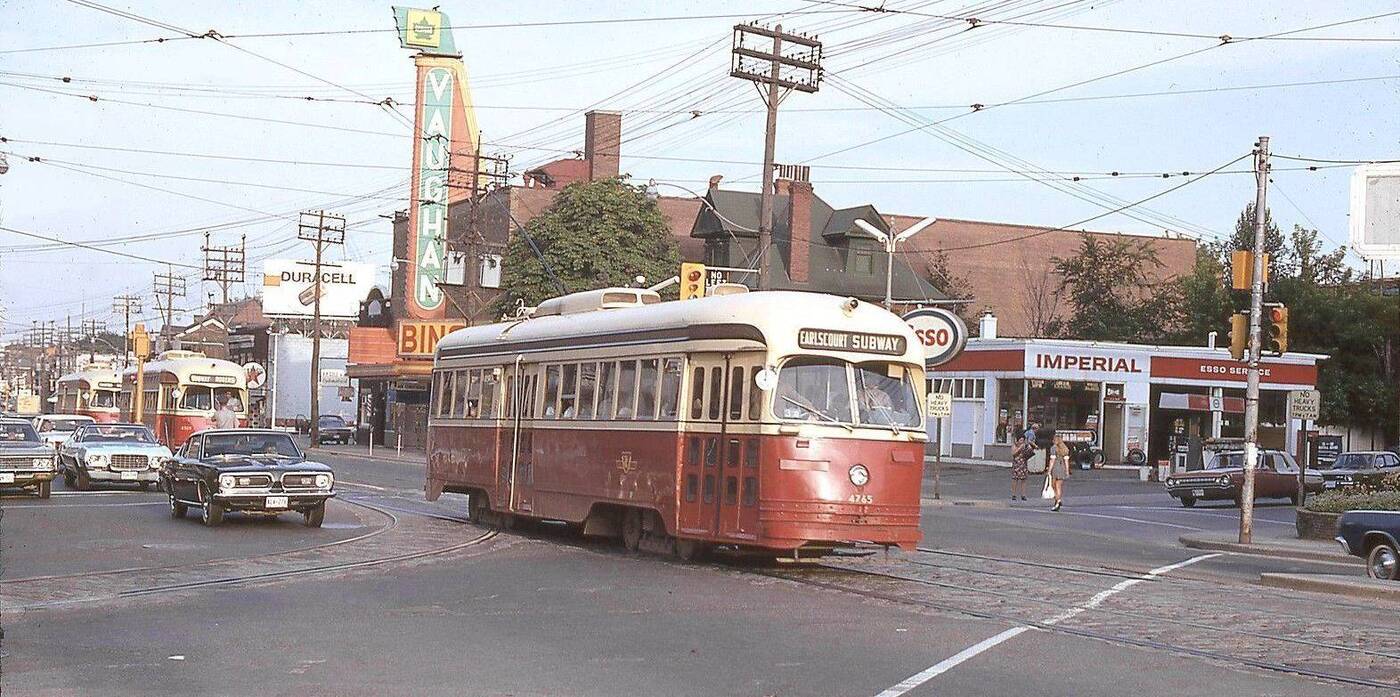
St. Clair West and Vaughan Road (note the movie theatre). Photo via Chuckman's Nostalgia.

McCaul looking north to College. Photo via Chuckman's Nostalgia.
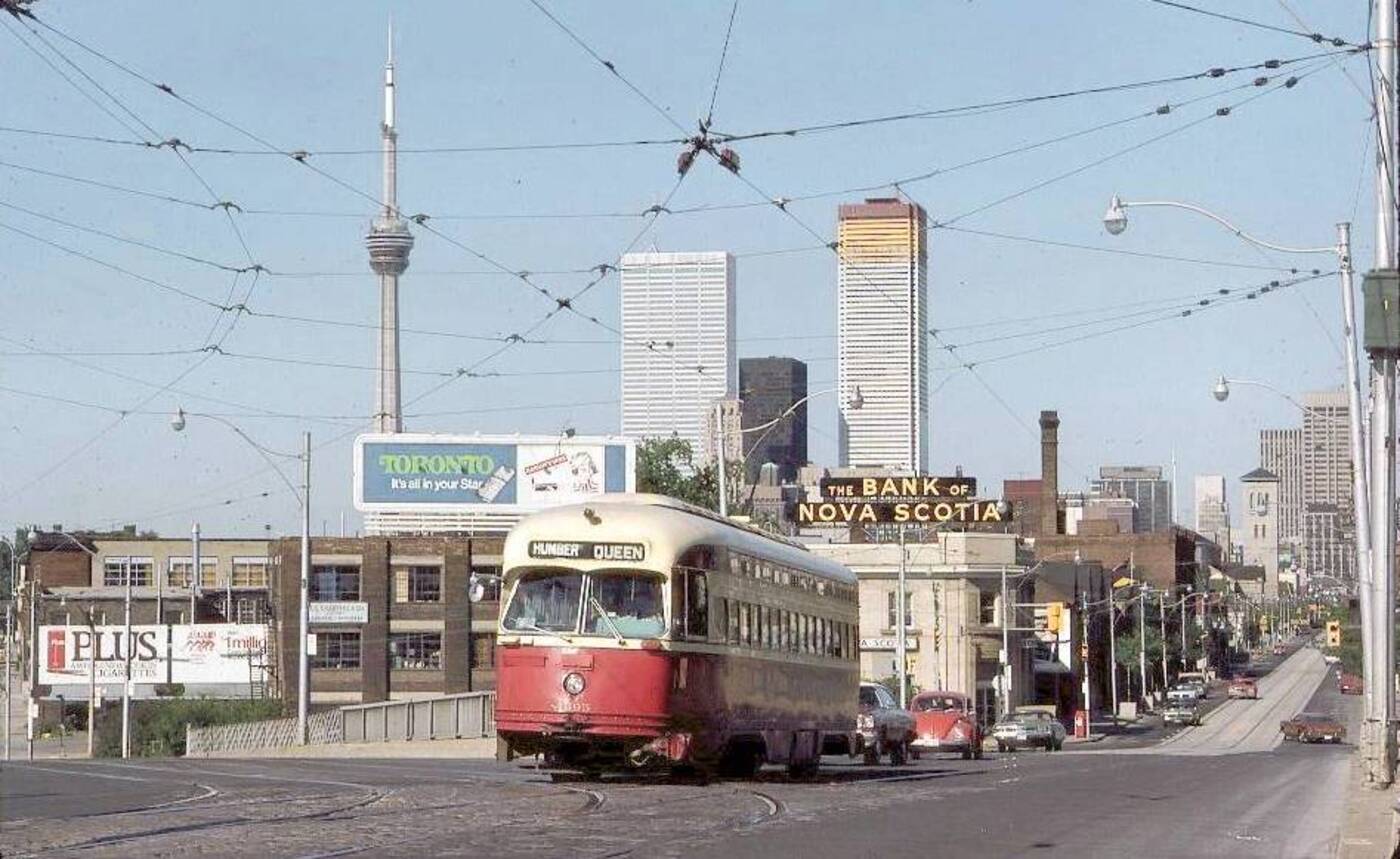
Junction of King and Queen streets looking west as the modern skyline takes shape. Photo via Chuckman's Nostalgia.
Latest Videos
Latest Videos
Join the conversation Load comments






